Does proton decay exist and how do we search for it? This is what a recently submitted study to the arXiv preprint server hopes to address as a team of international researchers investigate a concept of using samples from the moon to search for evidence of proton decay, which remains a hypothetical type of particle decay that has yet to be observed and continues to elude particle physicists.
Category: particle physics – Page 152
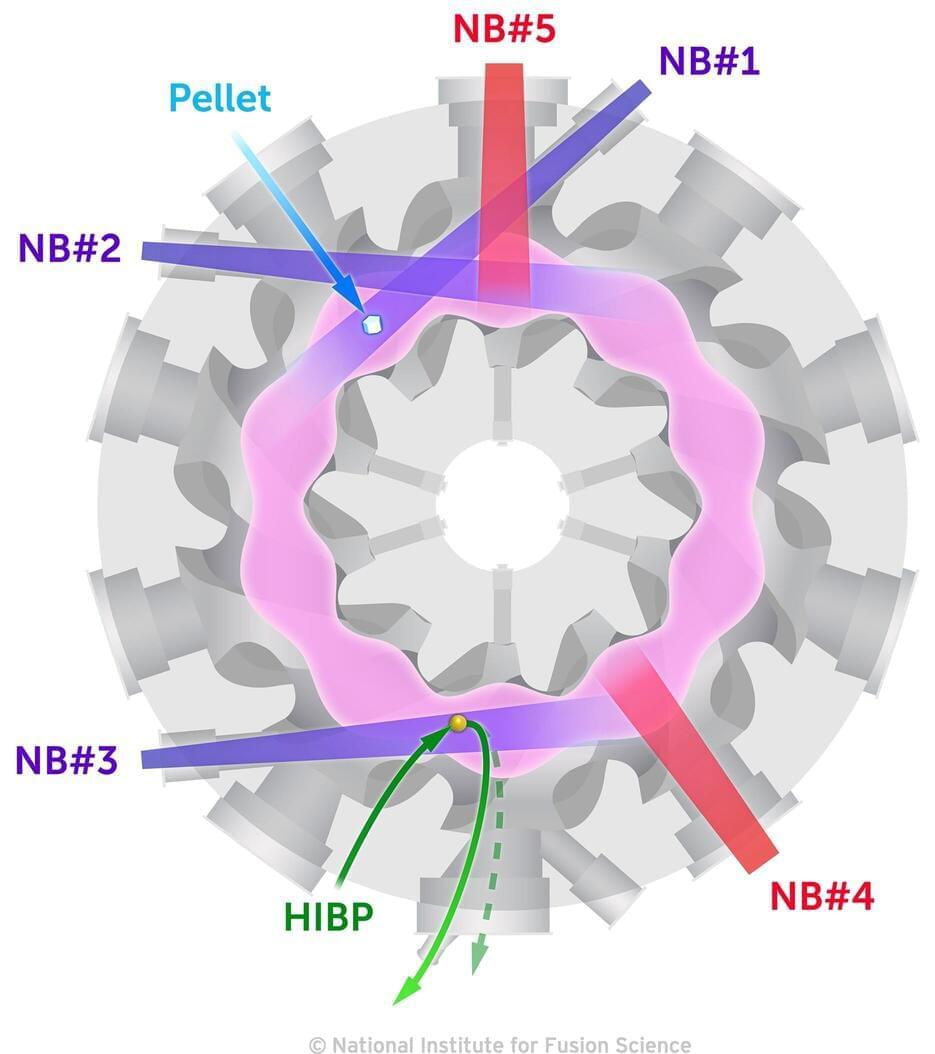
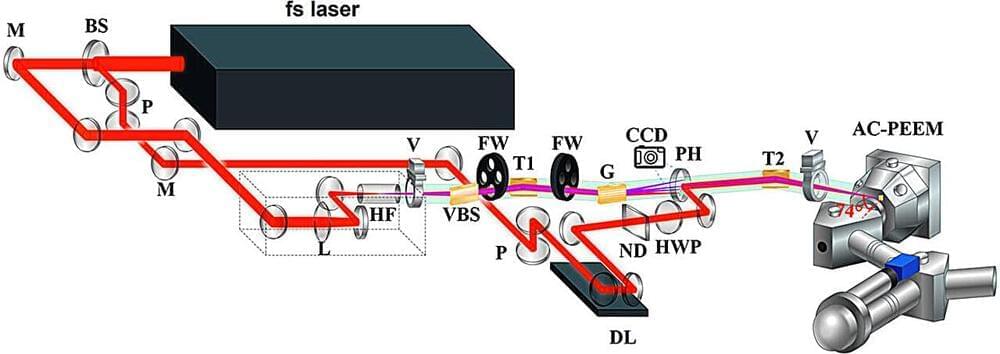
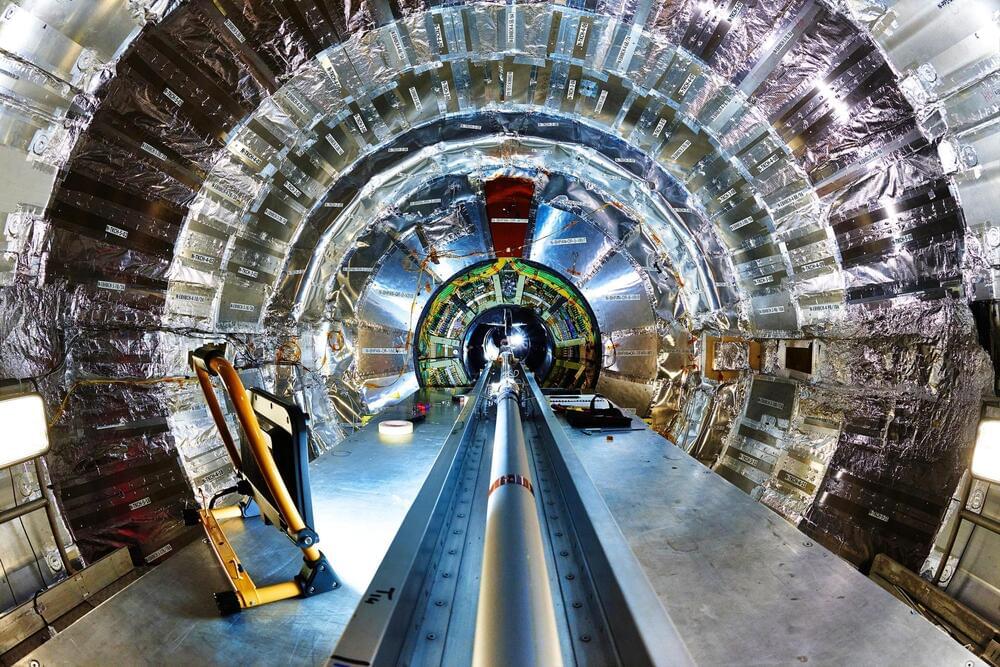
Faster Than the Speed of Light: Information Transfer Through “Spooky Action at a Distance” at the Large Hadron Collider
Physicists have demonstrated quantum entanglement in top quarks and their antimatter partners, a discovery made at CERN. This finding extends the behavior of entangled particles to distances beyond the reach of light-speed communication and opens new avenues for exploring quantum mechanics at high energies.
An experiment by a group of physicists led by University of Rochester physics professor Regina Demina has produced a significant result related to quantum entanglement—an effect that Albert Einstein called “spooky action at a distance.”
Entanglement concerns the coordinated behavior of minuscule particles that have interacted but then moved apart. Measuring properties—like position or momentum or spin—of one of the separated pair of particles instantaneously changes the results of the other particle, no matter how far the second particle has drifted from its twin. In effect, the state of one entangled particle, or qubit, is inseparable from the other.

Untangling the entangled: Quantum study shines fresh light on how neutrinos fuel supernovae
“At this point, the neutrinos go from passive particles—almost bystanders—to major elements that help drive the collapse,” Savage said. “Supernovae are interesting for a variety of reasons, including as sites that produce heavy elements such as gold and iron. If we can better understand neutrinos and their role in the star’s collapse, then we can better determine and predict the rate of events such as a supernova.”
Scientists seldom observe a supernova close-up, but researchers have used classical supercomputers such as ORNL’s Summit to model aspects of the process. Those tools alone wouldn’t be enough to capture the quantum nature of neutrinos.
“These neutrinos are entangled, which means they’re interacting not just with their surroundings and not just with other neutrinos but with themselves,” Savage said.

Oops! Geoengineering Trick to Cool Brutal Heat Could Spike Temperature Elsewhere, Scientists Say
Researchers are warning that geoengineering efforts to help cool temperatures in California could trigger heatwaves in Europe, a “scary” implication given the sheer lack of regulation controlling such measures across the globe.
As The Guardian reports, scientists have suggested spraying aerosols into clouds over the ocean to cool down the surface below, a practice called “marine cloud brightening.” As the name suggests, the idea is to brighten clouds to make them reflect more of the Sun’s radiation back into space.
Last month, a team of University of Washington researchers attempted to do just that in the San Francisco Bay using a machine that sprays tiny sea-salt particles, amid criticism from environmentalists. The experiment was later shut down by city officials, citing health concerns.
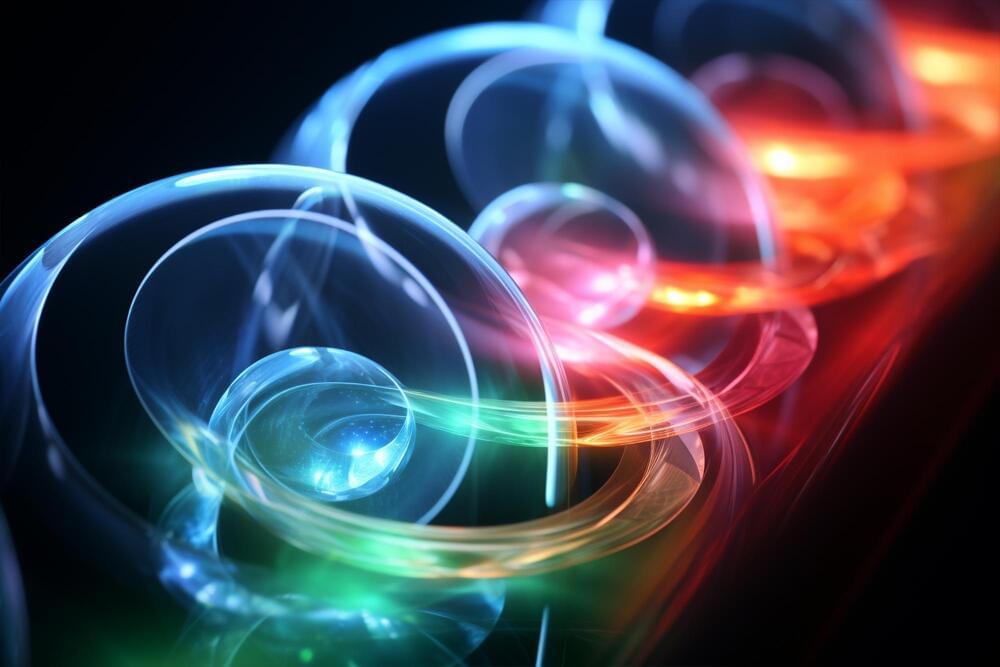
Twisting Light Unlocks New Quantum Realms
A research team is studying how light moves through special circuits called optical waveguides, using a concept called topology. They’ve made an important discovery that combines stable light paths with light particle interactions, which could make quantum computers more reliable and lead to new technological advancements.
Scientific innovation often arises as synthesis from seemingly unrelated concepts. For instance, the reciprocity of electricity and magnetism paved the way for Maxwell’s theory of light, which, up until now, is continually being refined and extended with ideas from quantum mechanics.
Similarly, the research group of Professor Alexander Szameit at the Institute of Physics at the University of Rostock explores light evolution in optical waveguide circuits in the presence of topology. This abstract mathematical concept was initially developed to classify solid geometries according to their global properties. Szameit explains: “In topological systems, light only follows the global characteristics of the waveguide system. Local perturbations to the waveguides such as defects, vacancies, and disorder cannot divert its path.”
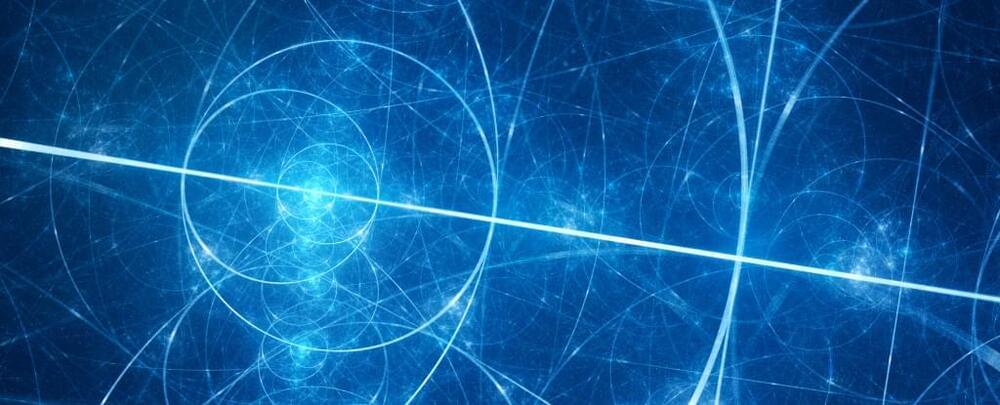
Mathematicians Accidentally Found a New Way to Represent Pi
Our favorite mathematical constant, pi (π), describing the ratio between a circle’s circumference and its diameter, has taken on new meaning.
The new representation was borne out of the twists and turns of string theory, and two mathematicians’ attempts to better describe particle collisions.
“Our efforts, initially, were never to find a way to look at pi,” says Aninda Sinha of the Indian Institute of Science (IISc) who co-authored the new work with fellow IISc mathematician Arnab Priya Saha.

Neutrino mixer
Why are neutrinos so light?
Did you know that every second more than 100 trillion tiny particles called neutrinos pass through your body without causing any harm? These mysterious particles are produced abundantly throughout the universe in events like nuclear reactions in the sun, radioactive decays in the Earth’s crust, and in high-energy collisions in space. In particular, these subatomic particles play a crucial role in the explosive deaths of stars known as supernovae, where they act as the driving force behind the explosion. Despite their abundance in the universe, they are incredibly difficult to detect directly in experiments since they pass right through any matter and only interact extremely rarely. At the LHC, their existence can only be inferred indirectly by summing up the energy of all other particles produced from the proton collisions and looking for missing energy that has been carried away by the neutrino, which escaped the experiment undetected.
Neutrinos are a type of fundamental particle known as a lepton and they are electrically neutral. They stand out among fundamental particles because of their peculiar characteristics. Not only do they interact exceptionally rarely, but they also possess a minuscule mass, approximately 500,000 times lighter than that of an electron. One possible explanation for the smallness of their mass is given by the “seesaw” mechanism. According to this theory, there exist additional new fundamental particles that are electrically neutral. The mechanism postulates that the masses of these new particles, known as “heavy neutral leptons” (HNLs), are mathematically linked to those of the normal neutrinos, like two sides of a seesaw. The theory also predicts that the HNLs will “mix” with their known cousins, neutrinos. This means that a neutrino, produced in an LHC collision, can change into an HNL, and the HNL can then decay back into known particles that the LHC experiments can detect!
The seesaw explanation for the neutrino mass is particularly attractive and various searches for HNLs have been performed at the LHC and by other experiments in the past (see an example where CMS muon detectors are exploited in such a search). The CMS Collaboration has recently published a new search that makes the assumption that the mixing between the HNLs and neutrinos is very small. In this special case, the HNL can be “long lived” and travel macroscopic distances away from the collision point before decaying. Experiments can then take advantage of the unusual signatures from these “displaced” particle decays when trying to find evidence for the existence of HNLs.
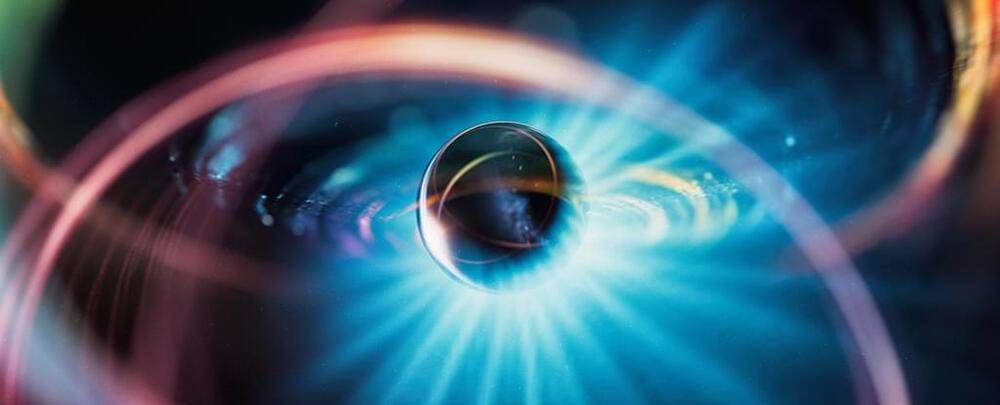
‘Ghost Particles’ Could Be The Secret Behind The Heaviest Elements
Big atoms demand big energy to construct. A new model of quantum interactions now suggests some of the lightest particles in the Universe might play a critical role in how at least some heavy elements form.
Physicists in the US have shown how subatomic ‘ghost’ particles known as neutrinos could force atomic nuclei into becoming new elements.
Not only would this be an entirely different method for building elements heavier than iron, it could also describe a long-hypothesized ‘in-between’ path that sits on the border between two known processes, nuclear fusion and nucleosynthesis.